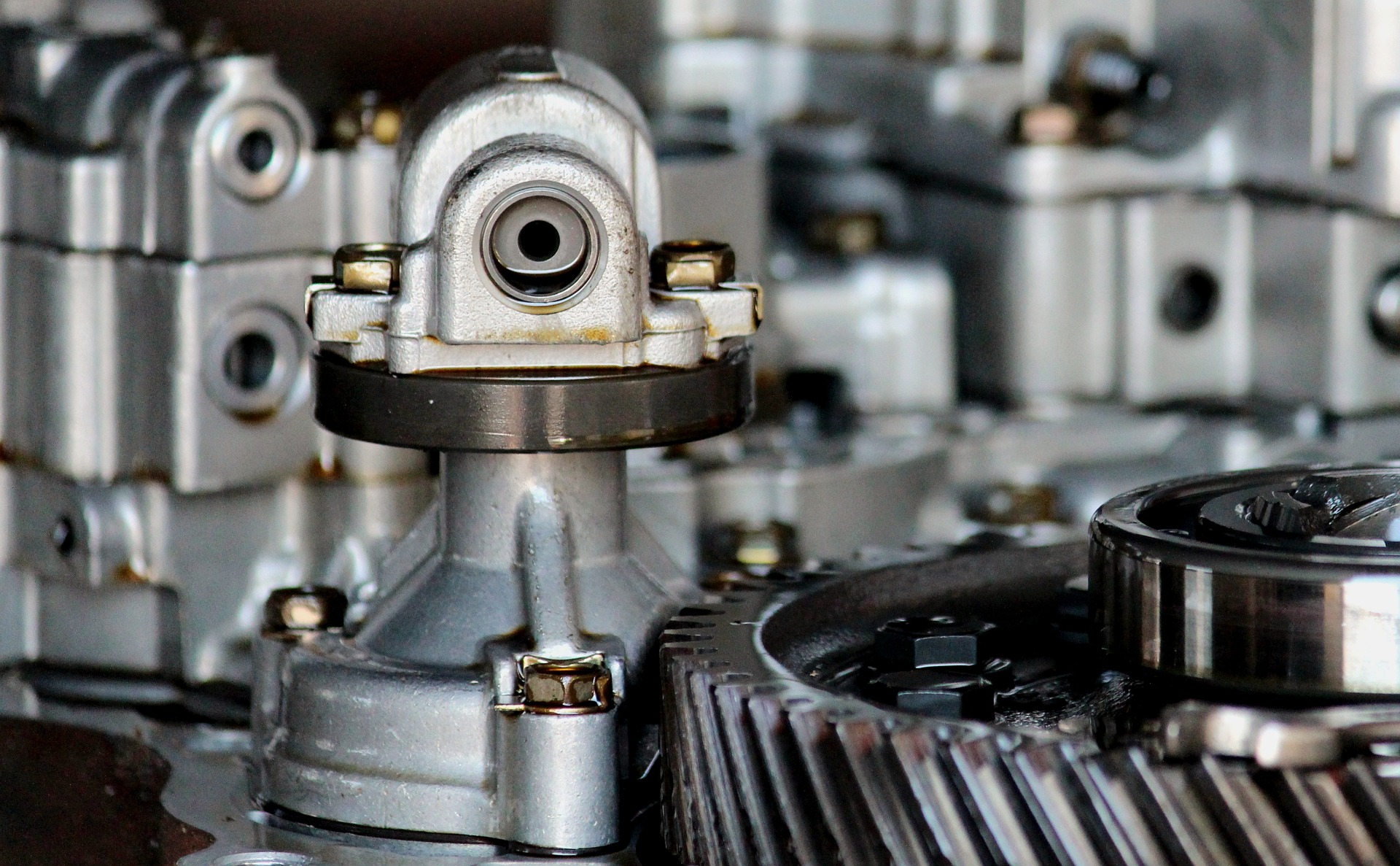
In a well-kept vehicle, catalytic converters can last a good ten to fifteen years. But cats can sometimes become contaminated by leaking motor oil, engine coolant, or unburned gasoline. They can also overheat, get dented by external impacts, or become clogged by a buildup of hydrocarbons. If you notice any of the following five signs of cat trouble, visit your local Chevy dealer to have it inspected right away.
You Smell Rotten Eggs
The unpleasant sulfury rotten egg smell that comes into your cabin when a cat breaks down is hydrogen sulfide. This toxic engine pollutant should normally be cleaned by the cat and converted into benign gases. But when the cat stops working, the hydrogen sulfide leaks out.
If you smell rotten eggs, open your windows and have the problem repaired as soon as you can. Hydrogen sulfide is a toxic gas that’s dangerous to breathe.
You Hear Rattling Sounds
When a cat is on its last legs, the honeycomb meshwork inside will break into pieces. You’ll eventually start hearing those pieces rattling around below.
If the cat is damaged by bumping against a pothole or rock, the bolts that secure it might be jolted loose. In this case, you’ll hear the whole cat rattling and knocking in its brackets.
You See Black Exhaust Smoke
One of the worst things that can happen to a cat is unburned fuel leaking from the engine into the cat. This might occur if there’s some kind of blockage to the airflow system, which messes up the balance of fuel and air in the combustion chambers. This unbalance leads to misfiring, which means some fuel isn’t being burned away properly. That excess unburned fuel will start to leak out through the exhaust system.
If unburned fuel makes it into the cat, it might just damage the meshwork a little and run through to the tailpipe. You’ll see a little black smoke in your exhaust. But the cat is an exceptionally hot part of the car, and sometimes that heat can ignite the unburned fuel, melting the meshwork inside your cat. In this case, you’ll see a great deal of black smoke and perhaps even flames from the tailpipe.
Your Engine’s Struggling
When the meshwork inside a cat becomes clogged up by leaking fuel, oil, or coolant, the airflow becomes blocked. This slows down the inflow of air into the engine itself.
An oxygen-starved engine will start to lose power. As a result, you’ll see a reduction in acceleration and gas mileage. You’ll also experience rough idling, and you might even find it hard to start your car in the mornings.
Your Chevy Dealer Finds a Cat Fault
It’s often tricky to identify cat problems until they develop into something serious. This is one reason why it’s so important to have periodic servicing visits at your local dealership. While examining your car, experienced technicians are far more likely to notice issues early on and nip them in the bud.
Visit Mike Kelly Chevrolet today to have your cat examined, repaired, or replaced. We’re been servicing the region’s local drivers for over 60 years.
Image via Pixabay


